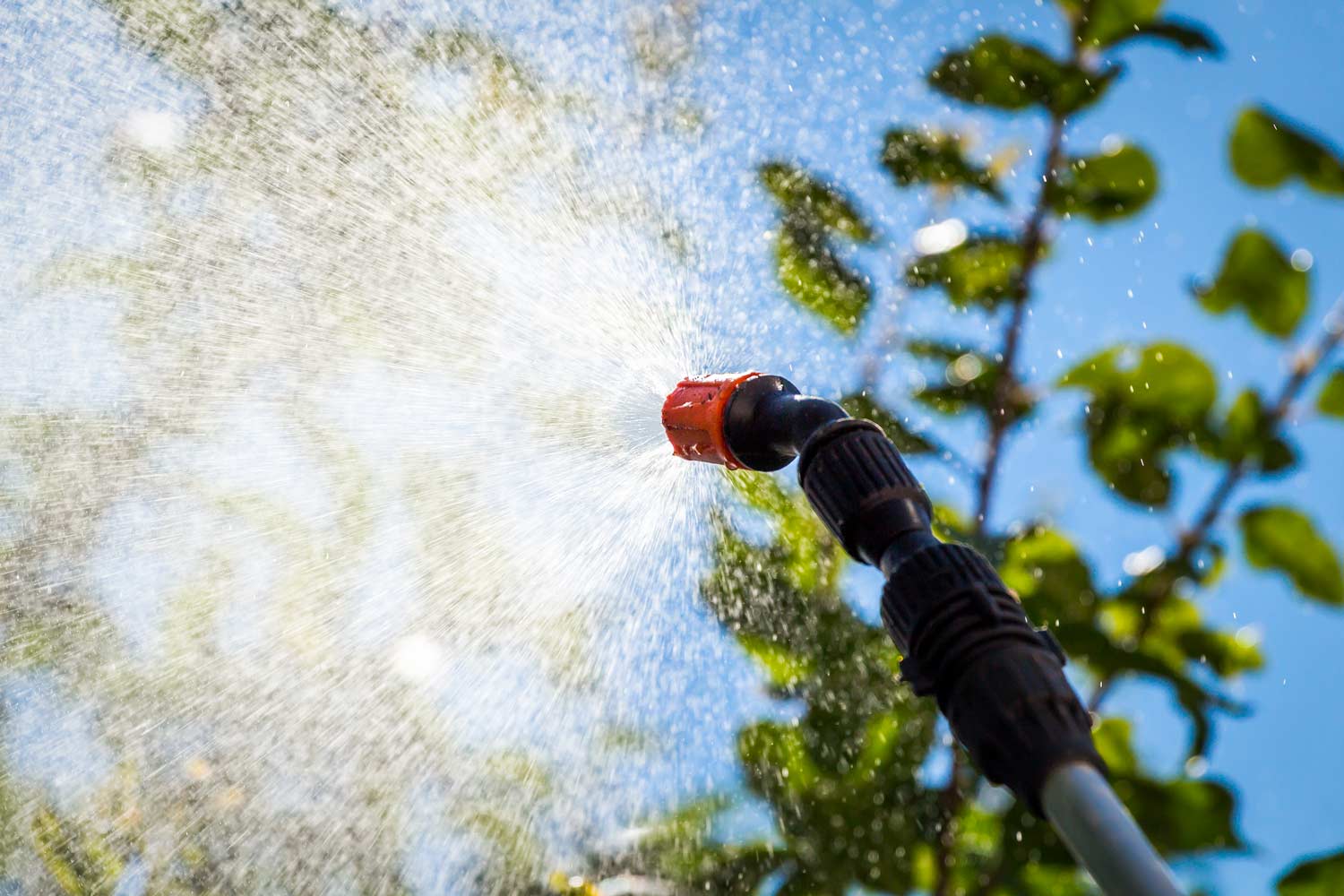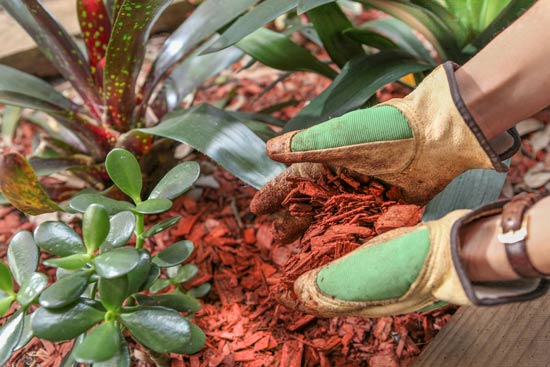When the weekend you’ve been waiting for fills up with yard work, it can help you to know that garden maintenance need not be painful. The real reason you’re struggling may be your approach to the garden.
Keeping your maintenance plan simple can radically improve your gardening experience. There’s so much satisfaction to be had when just a few small tweaks can make a stunning difference to your yard.
These easy steps will help your garden keep its delightfully manicured look for longer.
1. Set your soil up for success
Achieving the right soil conditions is a first step to a well-maintained yard. If your soil is suffering, you can be sure the rest of your efforts will likely be wasted.
Optimal soil conditions are key. Start out by testing it to find out the current acidity status. Whilst a garden bed requires soil with a pH level between 5.0 and 7.0 to thrive, your lawn pH level should sit between 6.0 and 7.0.
When you’ve tested your soil and know its pH, you’ll be able to tell whether the pH level needs to be increased or decreased. You can do either by applying:
- Lime to increase soil pH
- Sulphur to decrease soil pH
2. Win the war on weeds
When you want your plants and lawn to look like the garden of Eden, you will need to stop weeds as soon as they sprout. Weeds are well, weeds because they compete with your plants for nutrients, water and sunlight.
When you are weeding, pull them out at their roots, otherwise they will grow back in a snap. For hard to pull weeds growing between pavers, pour boiling water to kill the roots and pull them out once they’ve cooled off – just remember to stand upstream! Another way to dislodge weeds easily is by loosening the surrounding soil. You can also apply an environmentally friendly weed killer (herbicide) to stop them coming back.
To make your own eco-friendly herbicide, combine 1 cup salt and 1 litre of white vinegar. Pop this into a spray bottle and douse the leaves of weeds. For an even stronger result, add a squirt of liquid soap. Maximise your results by adding citrus or clove oil as well.

3. Fertilise to maximise
Fertilisers provide a nutrient boost for plants and help them grow thick and lush. In hot, dry climates with poor soil conditions, lawns do best with the help of a good fertilizer. Use an environmentally-friendly brand for maximum benefit.
You may need to adapt your fertilising application to the type of lawn you have, though most grasses do well when fertilized twice to four times a year.
4. Get water wise
To water well, you want to be sure any drops you’re pouring on your plants and lawn get absorbed by the roots. Make sure this happens by removing weeds before watering your garden beds and loosen the soil around your prized plants.
When you do this water soaks deep into the soil and is soaked up in seconds by your thirsty plants, lawn and shrubs.
Water first thing in the morning before the sun is too high and hot to minimize evaporation. On hot days, water plants daily and give your lawn a drink twice to three times a week.
Think it might be time to hire a professional landscaper? Read our guide to see if professional landscaping is for you.
5. Overseed to score a lusher lawn
Ever wished you knew the secret to golf-course perfect lawns? Well, it’s called ‘overseeding’. Overseeding is the sprinkling of grass seed over the existing lawn – and it’s been done for decades.
A blade of grass has a lifespan of roughly 45-60 days. Since new growth doesn’t naturally keep pace with the dieback, it can translate to dead patches here and there across your lawn. This is when overseeding can help.
Overseeding is more effective with certain grass types and the rules also differ according to rainfall season and climate. Be sure to check with your landscaping specialist (if in Perth, call on Revell Landscaping for help) before you apply this technique to your own lawn.

6. Get mulching
Adding a top layer of mulch to your garden beds is one of the most beneficial and nourishing things you can do to help your garden look great. Mulch helps your soil retain moisture and also encourages the habitation of earthworms.
Mulching is a brilliant way to recycle yard waste. Shredded bark, pine needles, leaves, lawn clippings and wood chips all work a treat. It is however possible to spread mulch too thick. This can cause shallow root growth and can put plants at risk in dry weather. Check with your landscaper to find out which mulch will work best to help you meet your particular garden maintenance goals.
7. Prune strategically
Pruning is central to healthy plant maintenance.
The season to prune varies for different plant species, but as a rule of thumb, prune after bloom. In summer, prune plants that flowered in spring, and in winter, prune plants that bloom in summer. Avoid pruning when tender regrowth can suffer damage from cold weather.
Use the right pruning tools to get the best results. For smaller jobs, use hand pruners with either bypass or anvil blades. Loppers, shears, and saws will help you with your larger plant pruning projects.
When you cut, make sure the blade is sharp for a clean cut. Cut back to half an inch above a bud or branch and slant your snip upward at a vertical of 45 degrees, this prevents water from collecting in the cut.
What’s Next?
We hope your yard-care confidence will grow stronger as you follow this simple 7 step garden maintenance program. You’ll start seeing an excellent looking garden season after season.
Want some help with garden maintenance for your home or business? Call on the team at Revell Landscaping if you’re after specific advice for landscaping in Perth – we’re here to help you and your garden thrive.
Looking for more information on low-maintenance gardening? Check out our guide to low maintenance gardening.